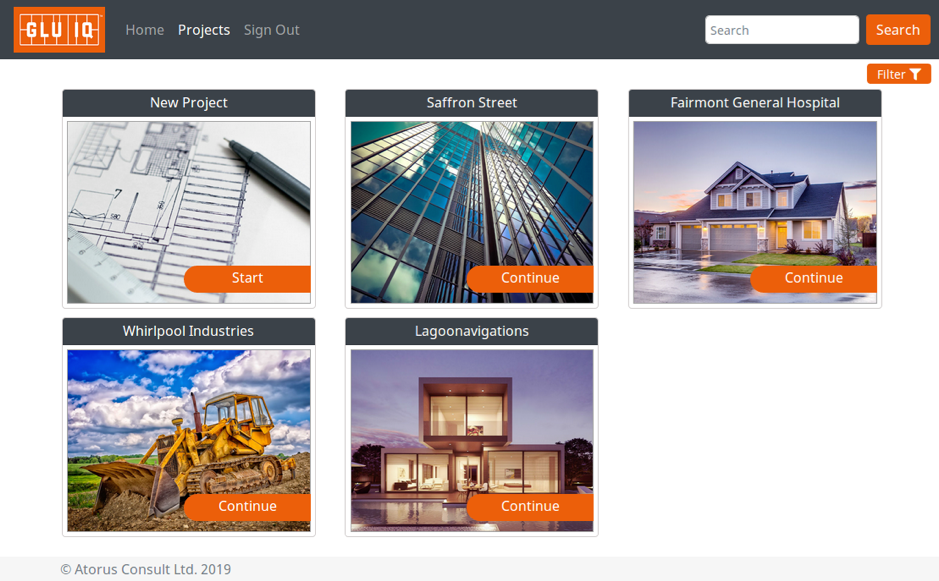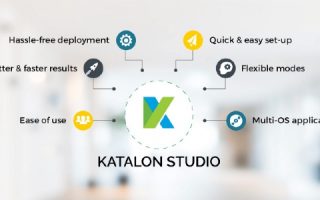
GluIQ project navigation running on our test server
After a short hiatus (9 months) and a change in project lead, the project is now fully re-charged. Over the last 4 months, we have taken learning from various best practices evaluated and combined these into a working methodology. This is being integrated and embedded within GluIQ.
Following the thread of eliciting knowledge discovery and using the combined methodology created, 11 system features have been generated. These detail features such as sign up, document creation and project sharing. These system features are collated into a functional specification that act as a basis for all design and development of the first two modules of GluIQ – Dream It and Test It.
Data and information accessibility / exchange
We have identified that all information needs to be distributed amongst colleagues and peers. Therefore, everything will be stored centrally, although access will and can be controlled. For this reason, the system is web-based, whilst also being able to run over low internet connections (3G). This resolves the inherent data connection problems of building in rural areas or where broadband connectivity is not available.
Data Storage
We have overcome significant hurdles in the design of GluIQ. This includes data storages and processing. This is a key factor, as construction data varies greatly and is notoriously abstract. This problem is resolved by storing data best suited for a NOSQL database within a MySQL database. This is a required practice, due to speed and flexibility increases. Natural Language Processing is being implemented, as a large amount of construction data is text based. This allows GluIQ to provide insights into the project, based on prior knowledge within the industry.
Mock-ups make the systems’ features come to life. Generating mock-ups enabled our team to compare and adjust designs without having to wait months for code to be written. With GluIQ, there have been many iterations of design, integrating best practices from usability literature and google web fundamentals.
When it comes to document creation, significant time has been invested on what questions should be asked of the user. In order to determine a logical question layout and flow of the system, a card sort was conducted. Results analysed and formulated before further mock-ups created.
Development tools
Finally, we are glad to announce development programming has now started on GluIQ. The first two modules will be ready for testing in July 2019. GluIQ is being developed in Django, which is a python framework designed for fast and secure development. Other software and library’s being used include Apache, GitHub, Bootstrap, JQuery, spaCy and Popper.




